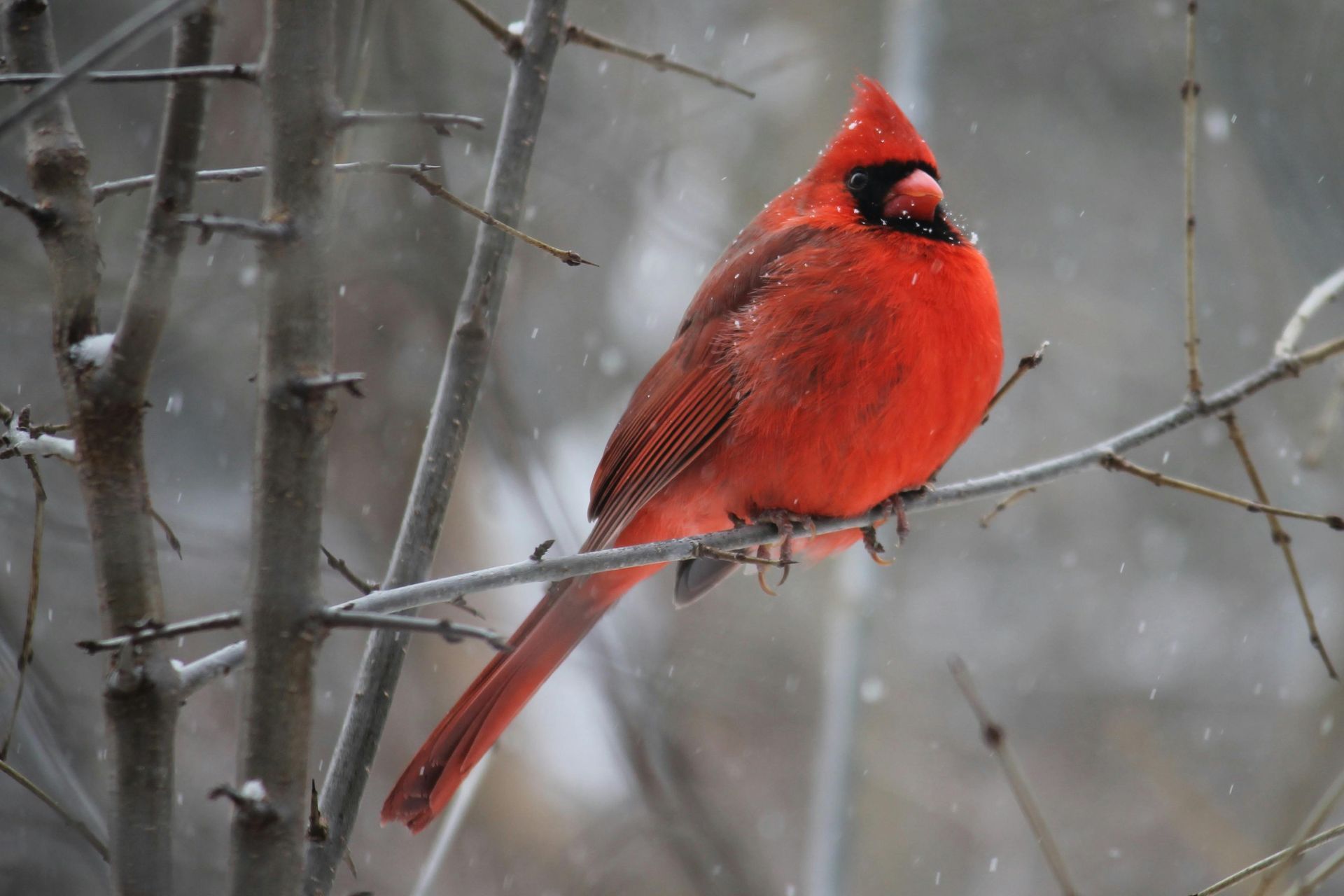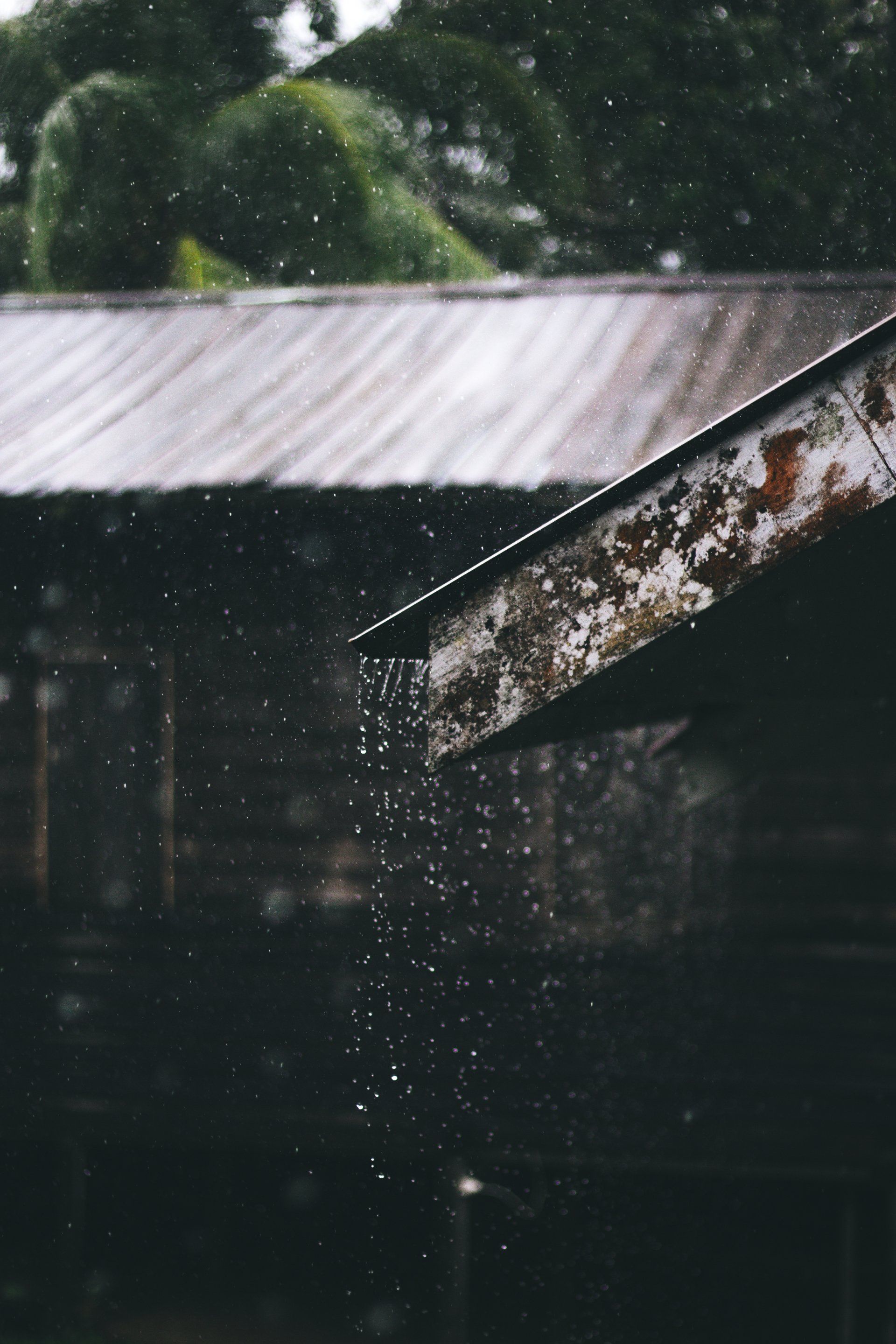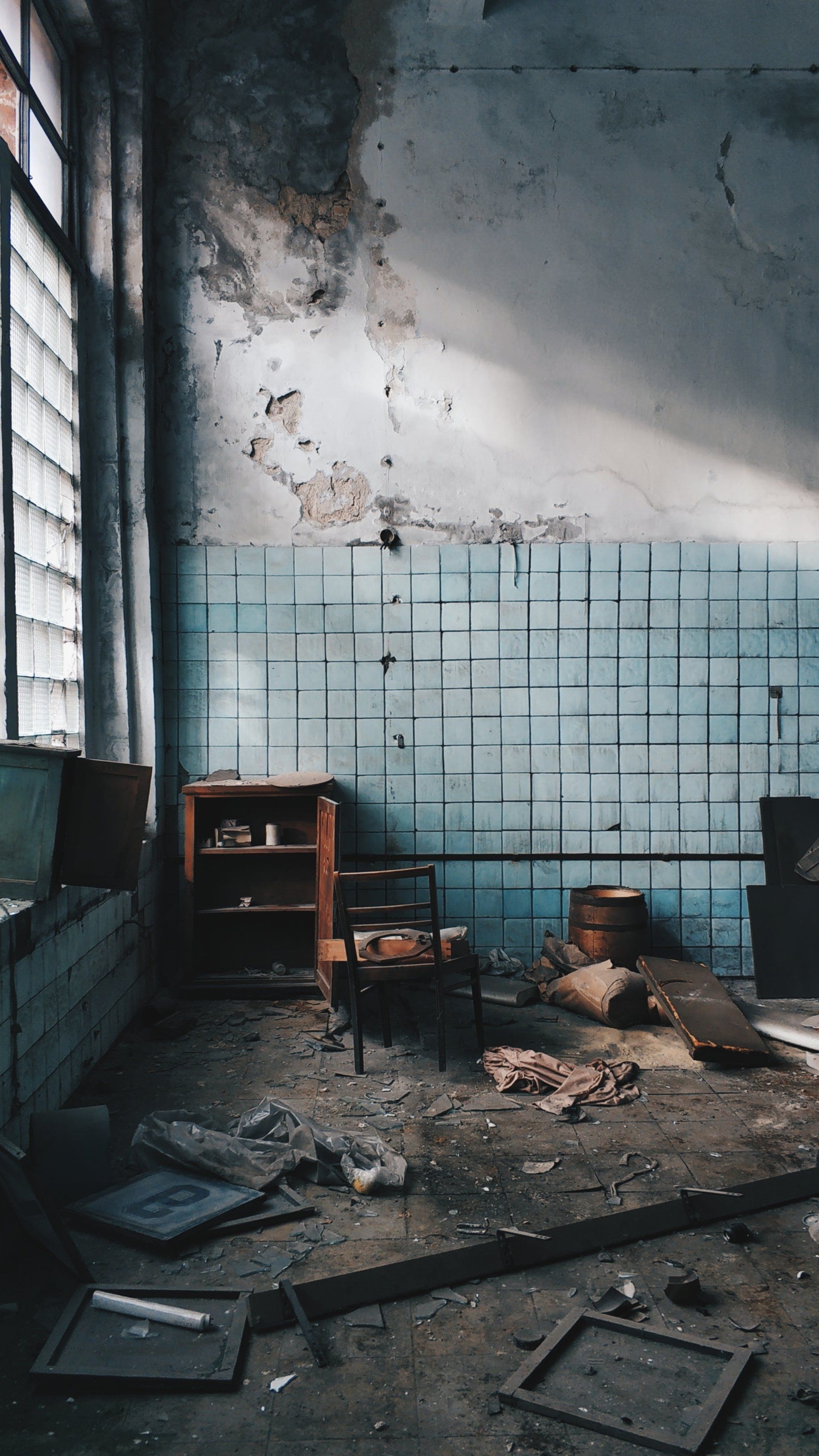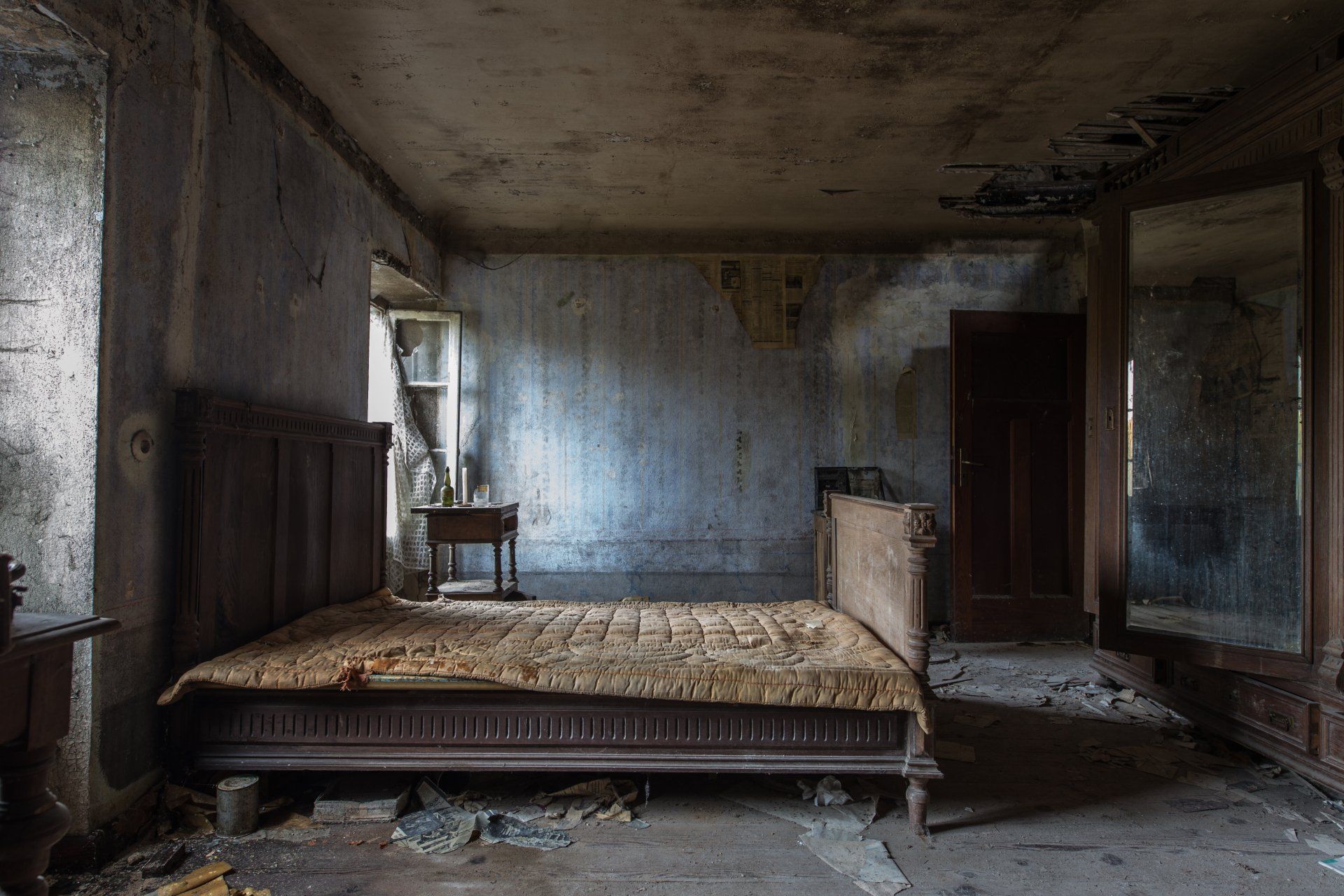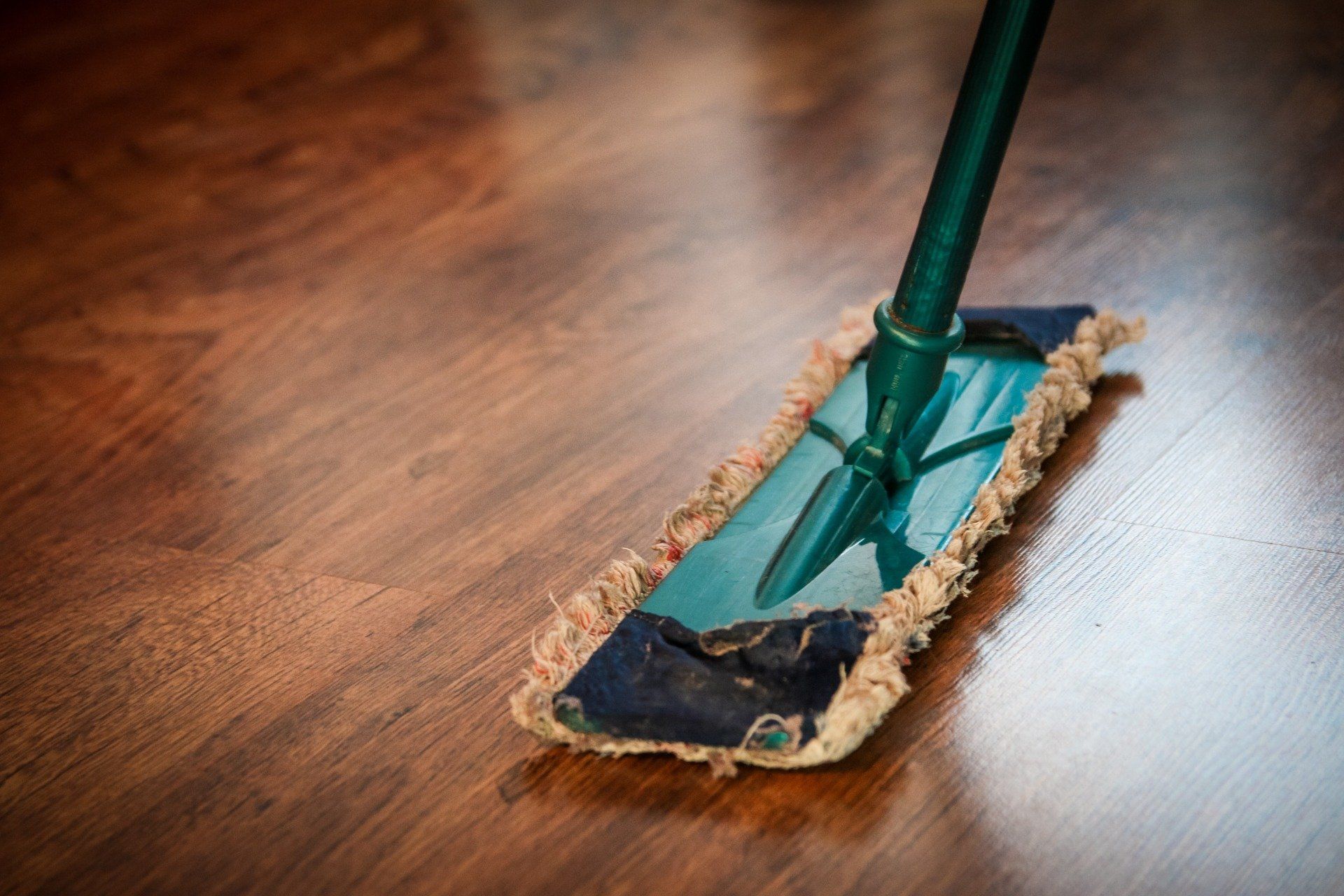Water Mitigation: How The Process Works And What To Expect
Water damage can strike unexpectedly, wreaking havoc on homes and properties. In such situations, water mitigation becomes essential to minimize the damage and restore the affected areas. But what exactly does the water mitigation process entail, and what can you expect if you find yourself in need of these services? In this blog post, we'll delve into the details of water mitigation, exploring how the process works and what you can anticipate every step of the way.
Understanding Water Mitigation
Water mitigation is the process of reducing or preventing the damage caused by water after a flood, leak, or other water-related incident. It involves swift action to extract water, dry out affected areas, and restore the property to its pre-damaged condition. The primary goal of water mitigation is to mitigate the long-term effects of water damage, such as structural deterioration and mold growth, while minimizing disruption to the property owner.
The Water Mitigation Process: Step by Step
- Assessment and Inspection: The process begins with a thorough assessment of the extent of the water damage. Trained professionals use specialized equipment to identify areas affected by water intrusion and determine the appropriate course of action.
- Water Extraction: Once the assessment is complete, the next step is to remove standing water from the property. Powerful pumps and extraction equipment are used to extract water quickly and efficiently, minimizing further damage.
- Drying and Dehumidification: After water extraction, the drying process begins. Industrial-grade dehumidifiers and high-speed fans are deployed to remove moisture from the air and surfaces. This step is crucial in preventing mold growth and preserving the structural integrity of the property.
- Cleaning and Sanitization: Once the affected areas are dry, thorough cleaning and sanitization are carried out to remove any remaining contaminants and prevent microbial growth. This includes disinfecting surfaces, carpets, and other belongings.
- Monitoring and Documentation: Throughout the mitigation process, professionals monitor moisture levels to ensure that the drying goals are met. Detailed documentation of the damage, mitigation efforts, and restoration process is also provided to the property owner for insurance purposes.
What to Expect During Water Mitigation
- Prompt Response: Water mitigation professionals understand the urgency of water damage situations and respond quickly to minimize further damage.
- Expertise and Equipment: Trained technicians use specialized equipment and techniques to effectively mitigate water damage and restore the property.
- Communication: Clear communication throughout the process ensures that property owners are informed and involved every step of the way.
- Restoration: While water mitigation focuses on minimizing damage, restoration efforts may be necessary to repair or replace damaged materials and restore the property to its pre-damaged condition.
Water mitigation is a crucial step in minimizing the impact of water damage and restoring affected properties. By understanding how the process works and what to expect, property owners can make informed decisions and effectively navigate water damage situations. With prompt action, professional expertise, and clear communication, water mitigation can help mitigate the effects of water damage and expedite the restoration process, ultimately restoring peace of mind to property owners.
